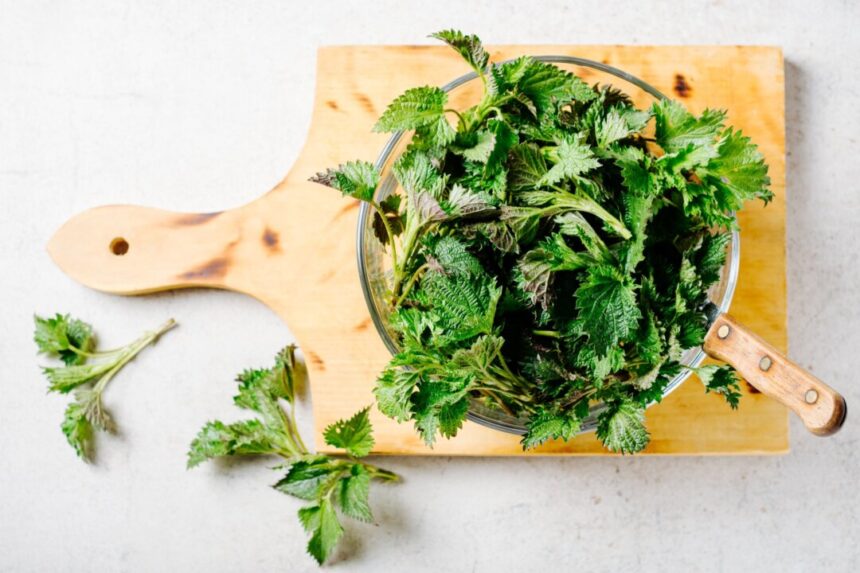The potential anti-tumorigenic properties of various medicinal plants can be harnessed in the fight against the majority of common types of cancer. Recently, during a presentation on edible plants at my local library, I delved into the topic of kitchen herbs that also serve as medicinal plants, which individuals can cultivate in their own gardens or on their window sills. The vastness of this subject struck me, especially when I learned that there are between 50,000 and 80,000 plants used for medicinal purposes worldwide. This ancient knowledge of herbal medicine is practiced globally and supported by extensive international research in regions like the Near East, Russia, East Africa, North East India, and even Transylvania.
A recent review published in the journal Pharmaceuticals focuses on 15 medicinal plants with potential anti-tumorigenic qualities, indicating that these plants contain active compounds that combat abnormal cell growth. Some of the plants highlighted in the review, such as dandelion, nettles, and turmeric, are well-known, while others like the Madagascar periwinkle, tropical soursop, and Kalanchoe blossfeldiana may be less familiar. However, all these plants share a common trait—they are effective against the majority of common types of cancer.
Given the urgent need for more targeted and efficient cancer treatments, researchers emphasize the potential of plant-derived compounds as sources of less toxic anti-cancer drugs. By blending traditional herbal wisdom with innovative nanotechnologies and bioengineering techniques, scientists aim to strengthen the immune system, eliminate carcinogens, and enhance antioxidant levels in the body for improved cancer treatment outcomes.
As a community herbalist, I explore the integration of traditional herbal knowledge passed down through generations with cutting-edge research to benefit patients. The review mentions several herbs that may thrive in our gardens, including the ubiquitous dandelion, which has a rich history of medicinal use dating back centuries. Dandelion, known scientifically as Taraxacum officinale, not only possesses medicinal properties but is also a nutritious edible vegetable. Rich in essential vitamins, minerals, and bioactive compounds, dandelion exhibits anti-cancer, antioxidant, and anti-inflammatory activities.
Research on dandelion extracts has shown promising results in inhibiting the proliferation and invasion of cancer cells, particularly in breast cancer. Moreover, the presence of phenols and flavonoids in dandelion contributes to its anticancer and antioxidant effects. By harnessing the therapeutic potential of plants like dandelion, researchers are paving the way for novel and effective cancer treatment strategies that blend traditional wisdom with modern advancements in medicine. A study published in 2023 in Nanomedicine tested the use of dandelion for synergistic chemotherapy and photo-dynamic cancer therapy. This method successfully delivered the active compound to cancer cells, disrupting their homeostasis and demonstrating anti-cancer and anti-tumor effects.
Runner-up in the title of highly medicinal weeds is Urtica dioica, commonly known as stinging nettle. Despite being considered a pest in many temperate regions, nettles are rich in nutrients and can be a valuable addition to the diet. Recent research has highlighted the potential anticancer properties of nettles, showing promising effects on the proliferation rate of various cancer cell lines.
Another plant with promising anticancer properties is burdock, a common wildflower found in disturbed areas. Compounds found in burdock, such as lappaol F, have been shown to inhibit tumor cell growth and induce cell cycle arrest. Research suggests that burdock could be developed into an anticancer drug due to its effectiveness against multi-drug resistant cancer cells.
In addition to dandelions, nettles, and burdock, other plants like turmeric, licorice, and hibiscus have also shown anti-cancer properties. Ongoing research is exploring the potential of various plant medicines in cancer treatment, highlighting their diverse pharmacological effects.
While phytopharmaceuticals can be powerful medicines, it is important to use them with caution. Some plants may have contraindications or side effects, and ingesting the wrong plant or dosage can be harmful. It is essential to follow guidelines and consult with healthcare professionals before incorporating medicinal plants into treatment regimens.
Cautionary Notes on Herbal Remedies
- The fresh leaves may cause a stinging sensation.
- Consuming too many dandelion leaves can upset the stomach and increase stomach acid production, leading to loose stool.
- Exercise caution when taking dandelion root if you have excess stomach acid, gastritis, ulcers, or heartburn.
- During the first trimester of pregnancy, use burdock in mild doses and be cautious if you have hypoglycemia.
Tips:
When harvesting herbs or plants from the wild, choose clean areas and wash thoroughly before consumption. Only take what you need, leaving the plant to regenerate.
Note:
For personalized herbal advice and dosages, consult a local herbalist. If you are taking medications, consult a doctor before using herbal supplements. This information is provided for educational purposes and not as medical advice.





